Software Engineering and “The other CRT”
This is a brief summary of Cognitive Reflection in Software Verification and Testing, presented at the Software Engineering Education and Training (SEET 2023) track of the IEEE International Conference on Software Engineering in Melbourne, Australia and published in the proceedings.
This presentation page is available at learnbyfailure.com/the-other-crt and its source is available on GitHub.
Getting Started
First, let’s begin with a few questions in a poll
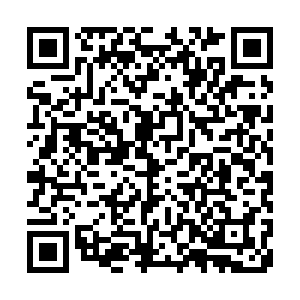
Behavioral Economics
The Cognitive Reflection Test (Frederick 2005) was motivated by Tversky and Kahneman’s research that lead to a Nobel Prize in Economics. They identified how consumers do not act in their rational best interests because of cognitive biases.
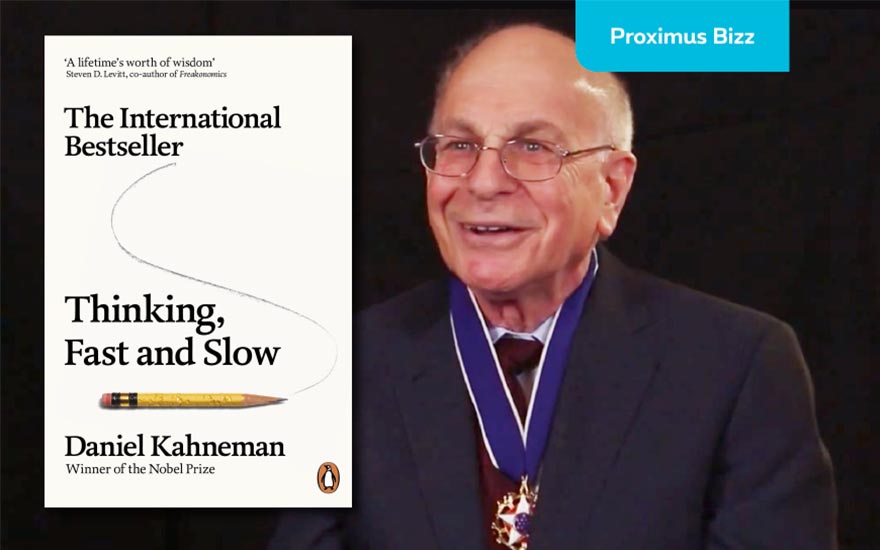
Photo courtesy of Proximus.be
In Kahneman’s best-selling book Thinking, Fast and Slow he described our brain’s two systems of decision-making:
- System 1 is fast and reflexive and particularly susceptible to our emotions and intuitions
- System 2 is slower, deliberate, and utilizes conscious calculations and reasoning
The Cognitive Reflection Test is a proxy for how likely an individual is to inhibit System 1 and demonstrate Cognitive Reflection (using System 2). It is inversely correlated with:
- Gambler’s fallacy
- Sunk cost fallacy
In what ways might “Cognitive Reflection” play a role in software engineering?
Inspecting Code
Does this function produce the described behavior?
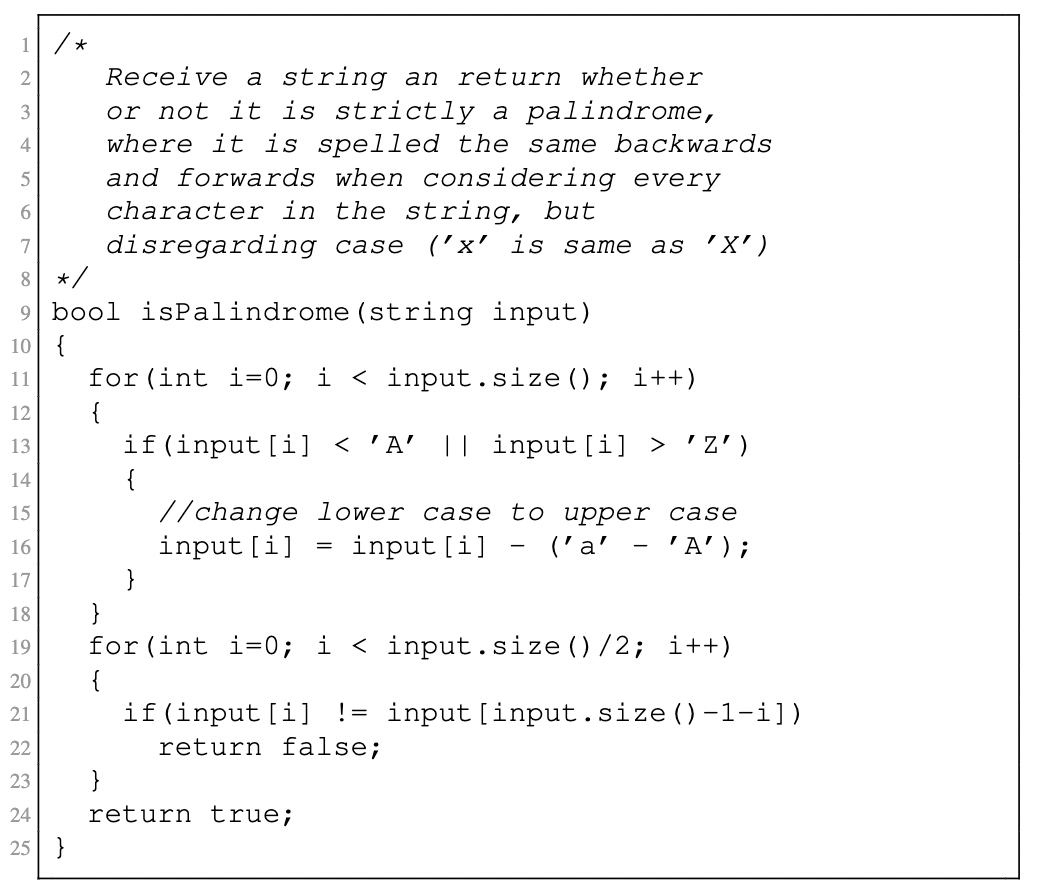
Does this function produce the described behavior?
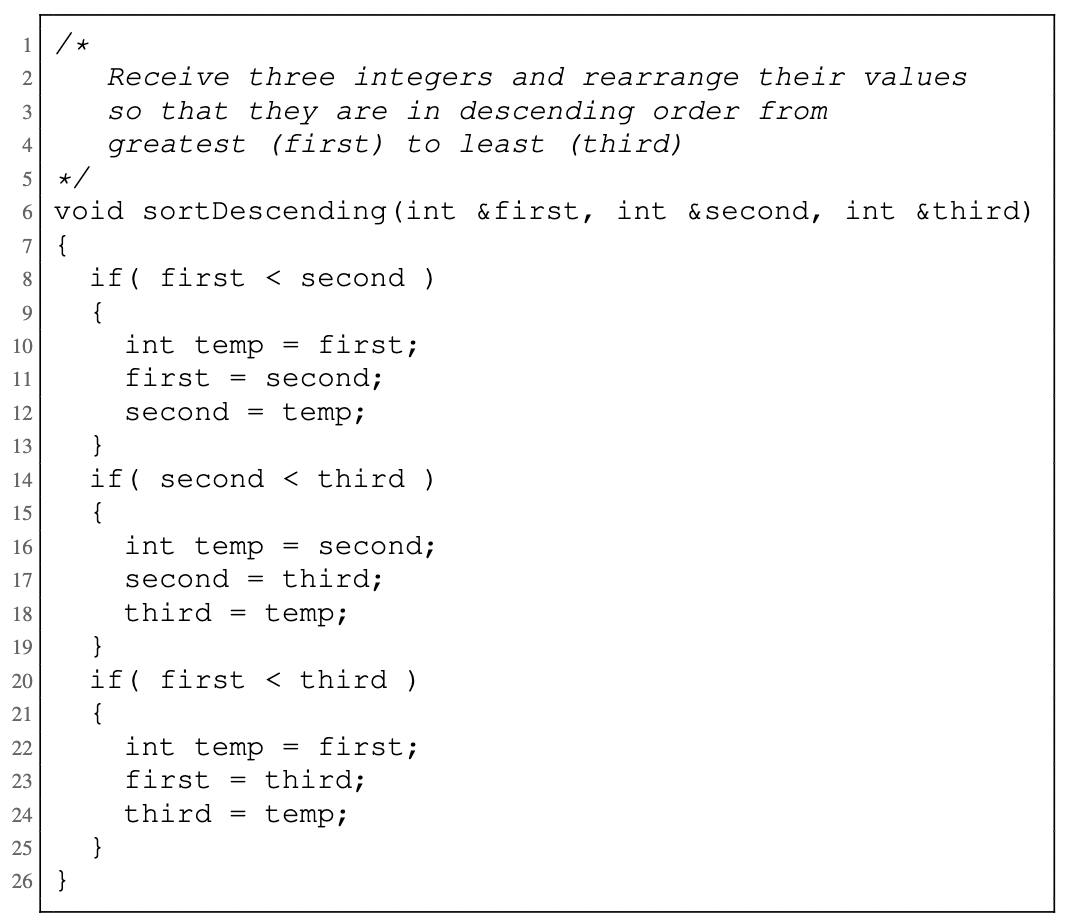
Testing
Test outcomes vs. Implementation
| Fail | Pass | |
|---|---|---|
| Working | 🤨 | 🙌 |
| Buggy | 🧐 | 🪳 |
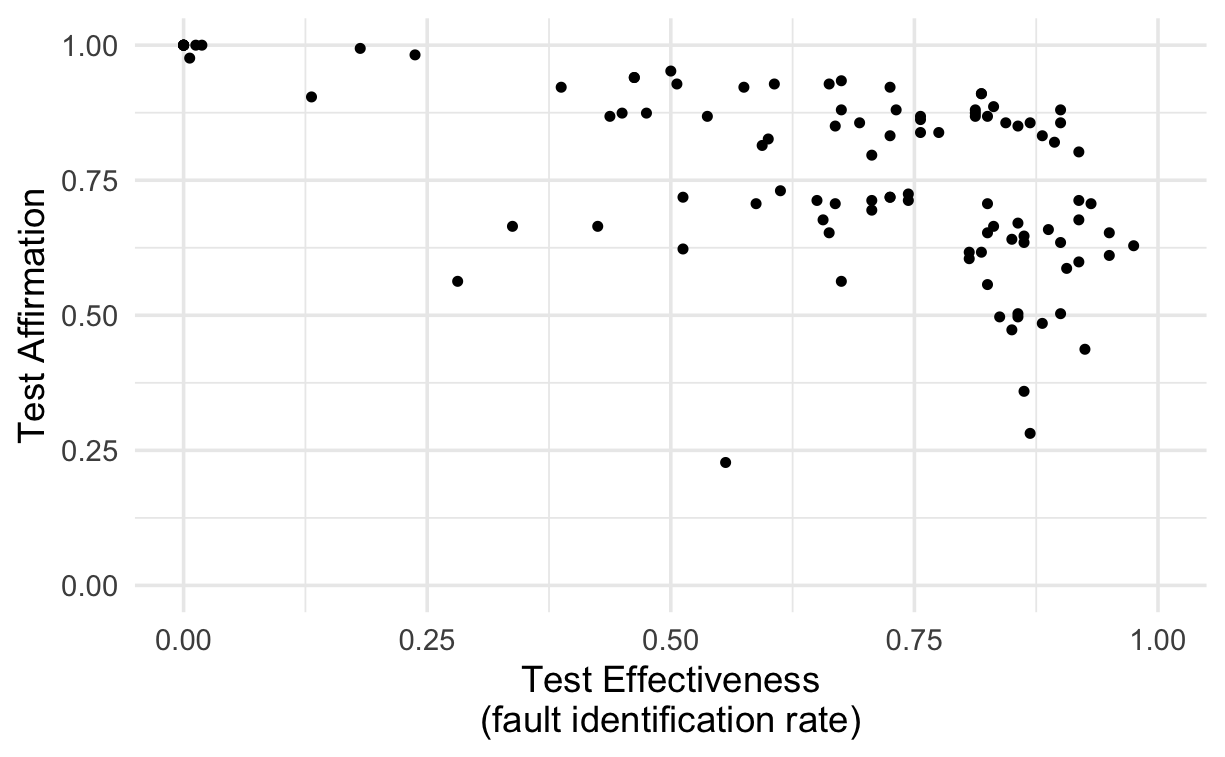
Results
CRT vs Inspection
- CRT was not a significant predictor (p=0.329) of students’ affirmation of acceptable code.
- CRT was a significant predictor of students rejecting defective code (p<0.0001) with the log odds of correctly rejecting the defective code increasing by 2.94 (95% CI 1.56-4.50).
- When considering only students who proposed cases that caused a defect, we found that CRT was a significant predictor (p<0.001) of students identifying a defective case with the log odds of doing so increasing by 2.37 (95% CI 1.05-3.86)
CRT vs Testing
- CRT was not correlated with test accuracy (ρ=0.940, p=0.008).
- Test effectiveness (M=0.66, sd=0.27) was not correlated with CRT (ρ=0.140, p=0.159)
- Test affirmation (M=0.76, sd=0.17) was not correlated with CRT (ρ= -0.199, p=0.045)
Conclusions
How would you interpret the results?
Full Paper
The full paper will be available soon.